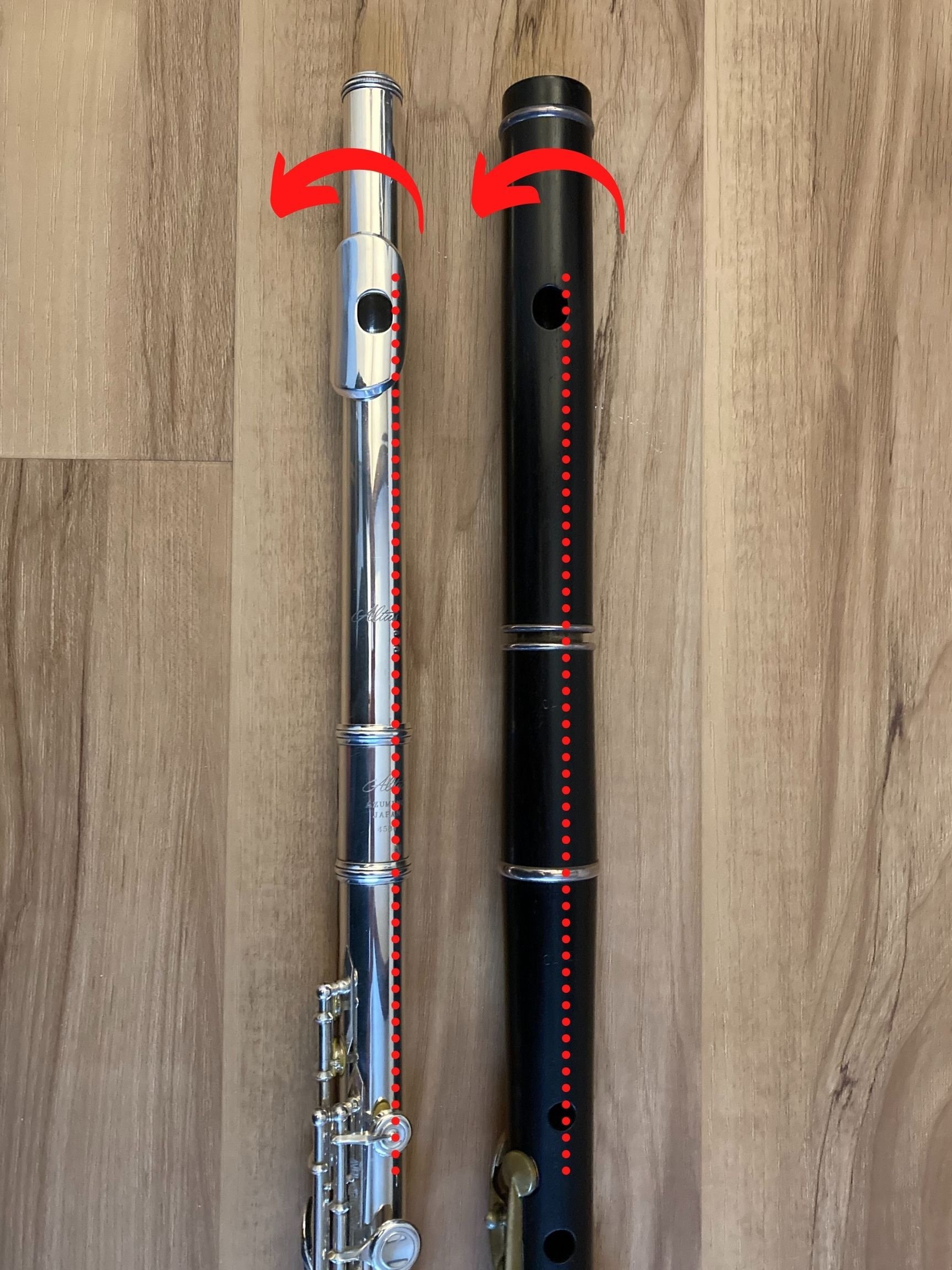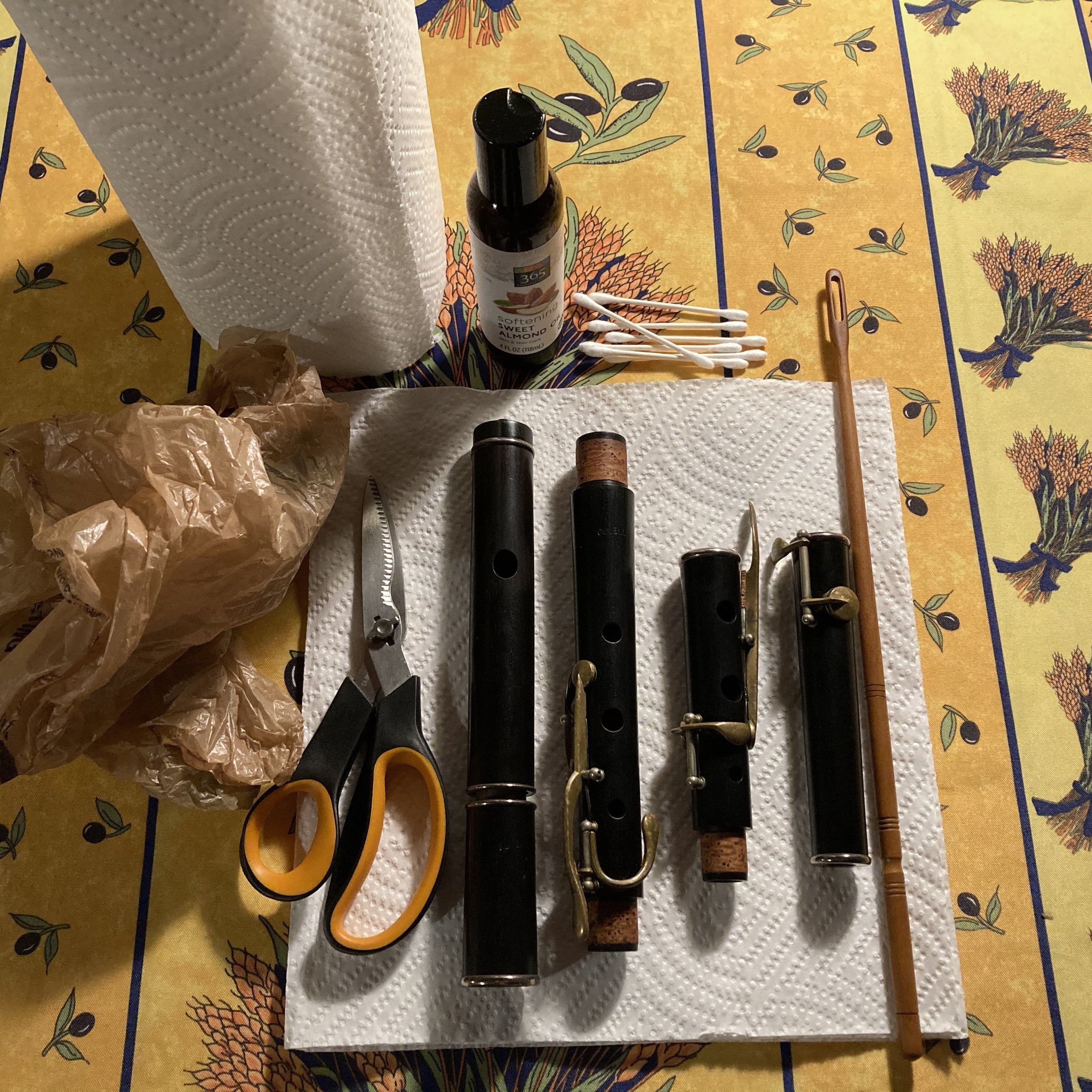
3 Tips for Positioning Your Flute Headjoint
Finding the ideal placement for a flute headjoint has important ramifications for intonation and tone quality—and as a result, for ease and enjoyment of playing as well. Positioning of headjoints can often be a matter of personal preference, depending not only on the flute, but on the shape of a player's mouth and the tone quality they wish to achieve. Here are some ideas with which to get started.

3 Steps to Oiling an Irish Flute
Oiling a wooden Irish flute is an important part of the instrument's care and upkeep. Wood can swell or shrink depending on varying levels of heat and humidity, and oiling a flute keeps the wood pliable and more able to weather any changes in climate. Well-oiled flutes also react better to the heat and humidity introduced by our breath when they are played. They sound richer, more resonant, and are more responsive.